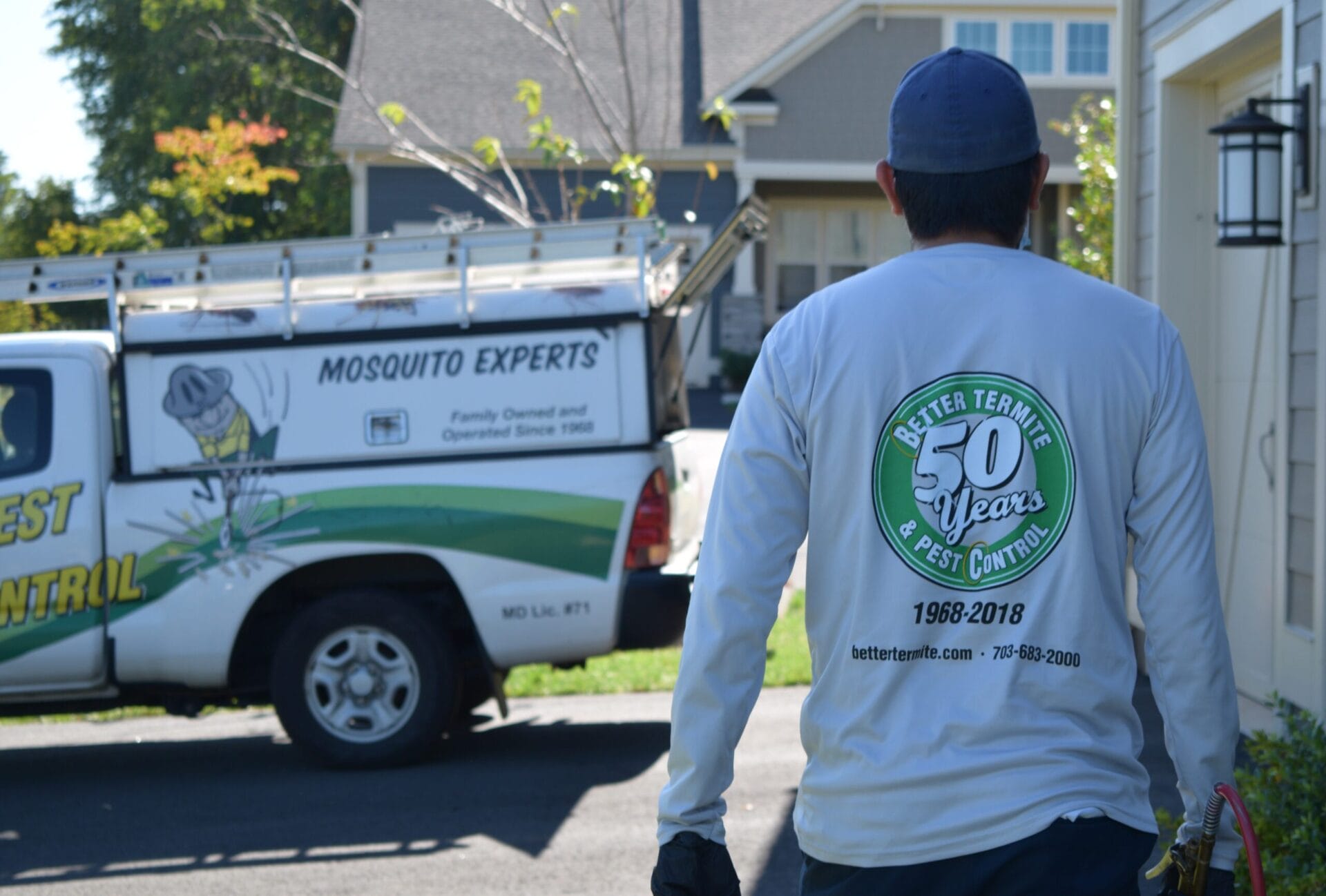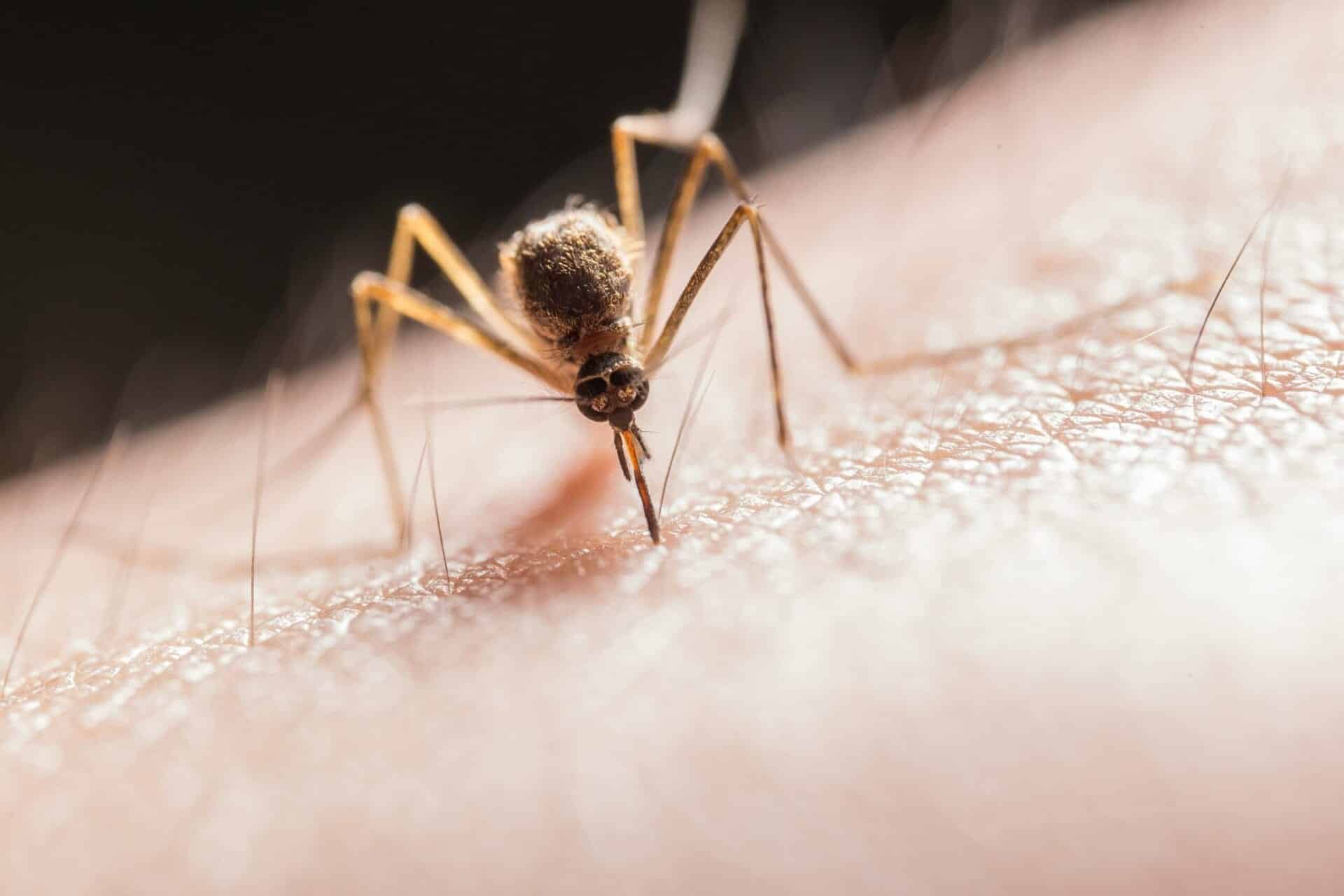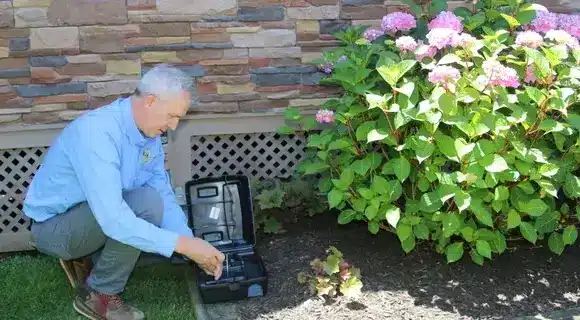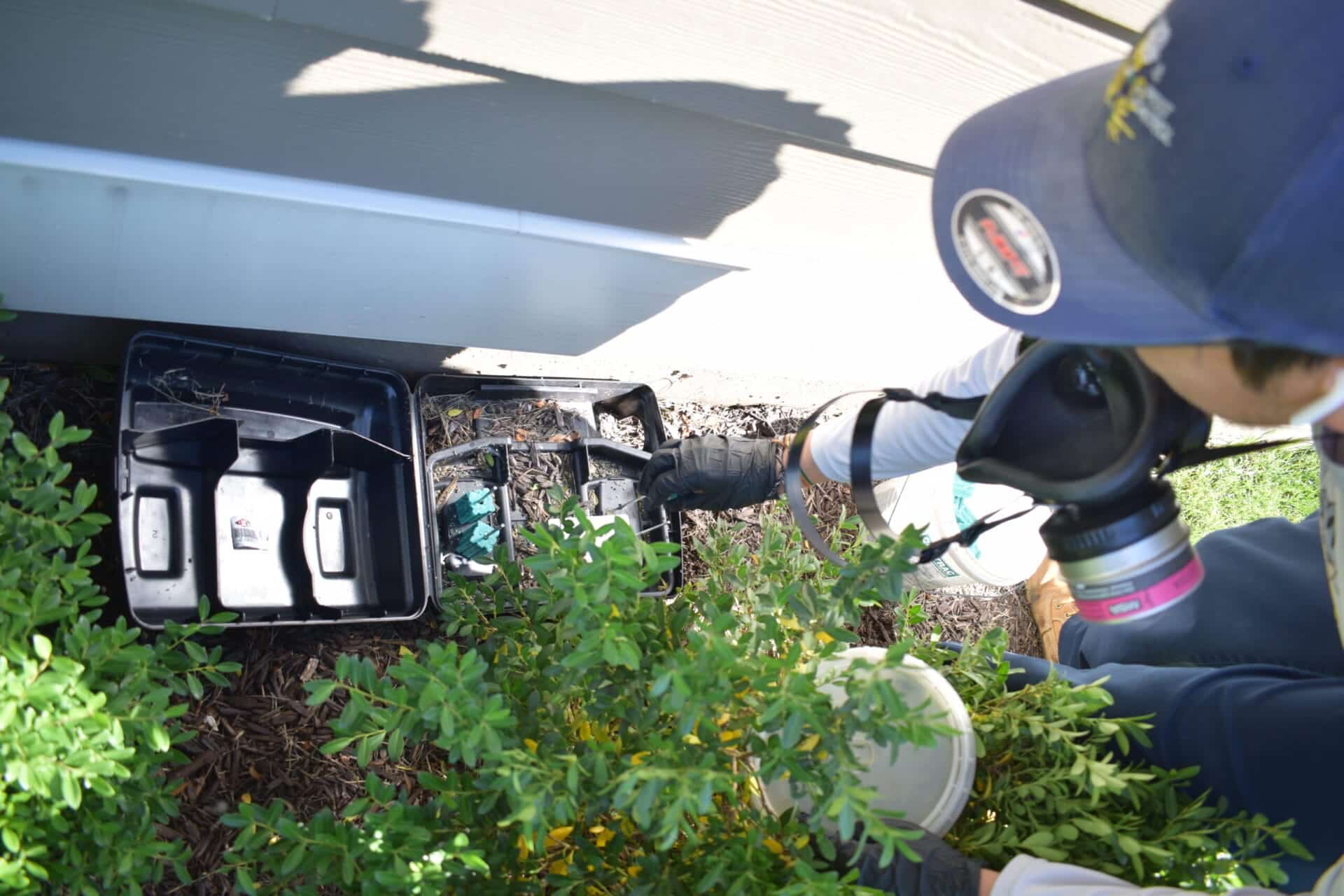


Spotting winged insects around your home can be alarming, especially when you’re trying to figure out if they’re flying ants or termites. The difference matters more than you might think. Termites cause over $5 billion in property damage annually across the United States, while flying ants are generally just a temporary nuisance.
Misidentifying these pests can lead to costly mistakes. You might ignore a serious termite problem thinking it’s just ants, or panic unnecessarily over harmless ant swarmers. After helping more than 100 customers with termite-related issues over my career, I’ve learned that correct identification is always the first step toward choosing the right treatment strategy and preventing expensive repairs.
The stakes are higher than most homeowners realize when dealing with flying ants vs termites. Termites damage approximately 600,000 homes in the U.S. each year, with the average cost to remove an undetected infestation ranging from $1,000 to $2,000. Additionally, they typically cause around $3,300 in structural damage before they’re even discovered.
Flying ants, on the other hand, represent reproductive members of established ant colonies. While they can indicate carpenter ant infestations that require attention, they don’t pose the immediate structural threat that termite swarmers do. However, if you see them emerging from inside your walls, that’s a different story entirely.
The treatment approaches for these two pests are completely different. Termites require specialized soil treatments or baiting systems like Sentricon, while ants respond better to targeted baiting and perimeter treatments. Getting the identification wrong means you’ll likely waste time and money on the wrong solution.
Early in my training as a pest professional, I experienced a situation that really drove home the importance of correctly distinguishing flying ants vs termites. Our team was called to a house in Alexandria, just a short distance from our company owner’s home. The homeowners hadn’t noticed any obvious pest problems, but they had spotted a small bulge in the windowsill of an addition they’d built.
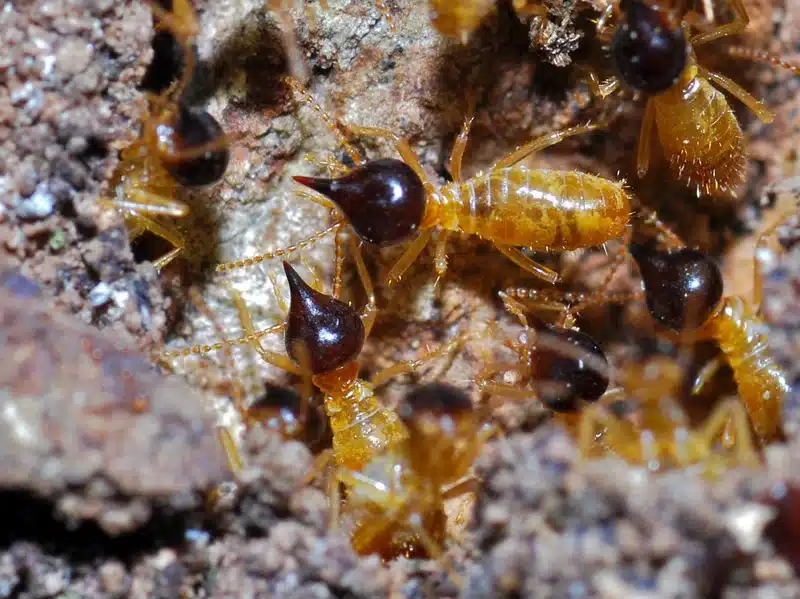
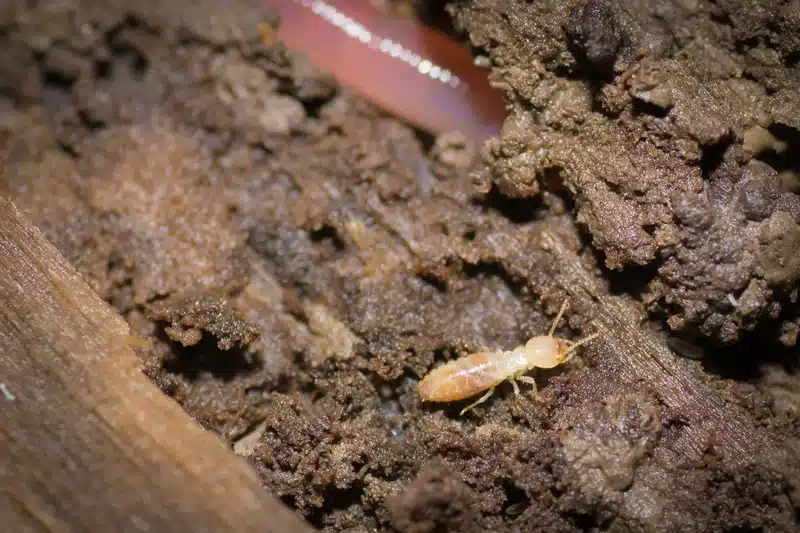
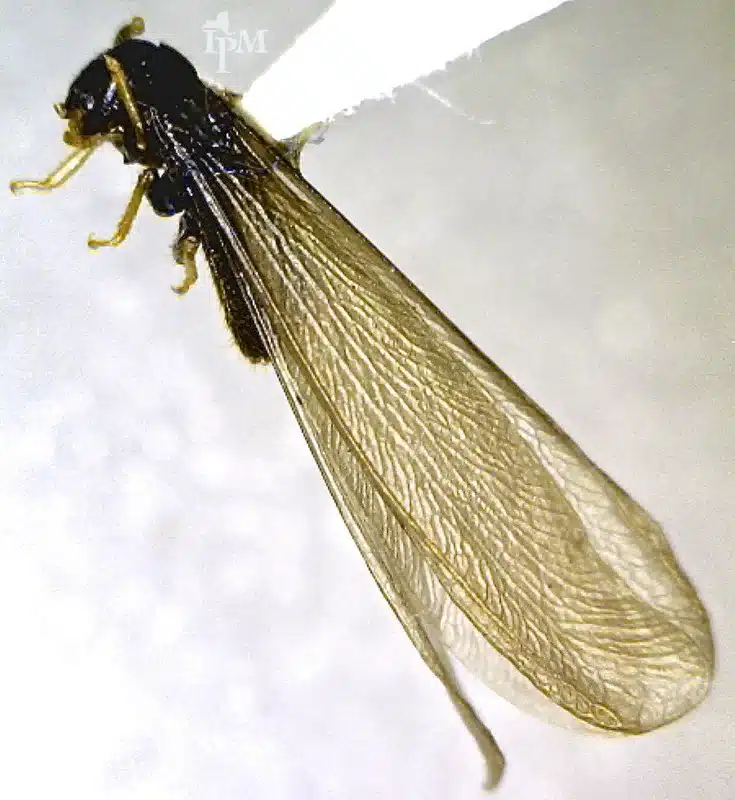
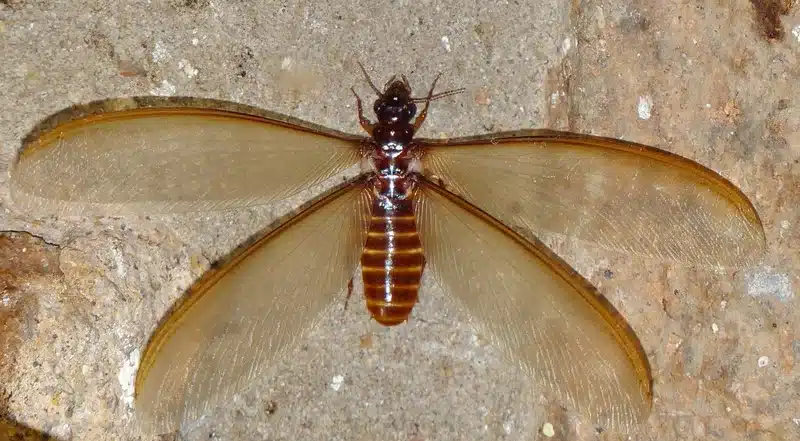

At first glance, it seemed minor. Maybe even ants working their way in from outside. But when we took a closer look, we realized the termites had eaten right up to the paint and were about to break through to the surface.
When we investigated the crawl space, it became clear just how critical accurate identification really is. We found extensive termite damage with mud tunnels running up the inside walls and years of hidden wood destruction. The only visible sign before our inspection was that tiny windowsill bulge. This experience taught me that seeing swarmers indoors can be an early warning sign before damage becomes extensive and expensive.
Since then, every termite case I’ve handled starts with the same principle: proper identification drives everything else. Whether it’s a basic inspection or dealing with a full infestation, you can’t choose the right treatment strategy until you know exactly what you’re dealing with.
Understanding the key physical differences between flying ants vs termites can save you thousands in damage and repairs. These insects may both have wings and swarm at similar times, but they have distinct characteristics that make identification straightforward once you know what to look for.
The most obvious difference between flying ants vs termites is their body shape. Flying ants have a narrow, pinched waist between their thorax and abdomen, giving them an hourglass appearance. This constriction is clearly visible from the side.
Termite swarmers have a completely different profile. Their bodies are straight and cylindrical, like a cigar, with no waist constriction between body segments. When you see them from the side, termites look more like a tube than an hourglass.
Wing structure provides another reliable way to distinguish flying ants vs termites. Flying ants have two pairs of wings with different sizes. The front wings are noticeably longer than the hind wings, and they’re held at an angle when the ant is at rest.
Termite swarmers have four equal-length wings that are milky or translucent in appearance. These wings break off easily along pre-formed sutures. If you find piles of identical wings inside your home, that’s a major red flag for termites. The wings practically fall off when termites land, while flying ants tend to keep their wings longer.
The antennae provide another clear distinction when comparing flying ants vs termites. Flying ants have elbowed or bent antennae with a clear kink in them. These are called geniculate antennae, and the bend is easy to spot if you look closely.
Termites have straight, bead-like antennae that may droop slightly but don’t have the distinctive elbow bend. The antennae look more like tiny strings of beads compared to the sharply angled ant antennae.
Color can help with flying ants vs termites identification, though it’s less reliable than body shape or wing structure. In our Mid-Atlantic region, Eastern subterranean termite swarmers typically have dark brown or black bodies with pale, almost white wings.
Carpenter ant swarmers usually have black to dark reddish-brown bodies with slightly brown-tinted wings. However, color can vary between species, so don’t rely on this characteristic alone for identification.
High-quality photos and diagrams make comparing flying ants vs termites much easier. The USDA Forest Service provides excellent line drawings that clearly show the differences in waist structure, wing proportions, and antennae angles between these insects.
University of Maryland Extension offers photo plates showing live specimens side-by-side, which helps you see how these differences look in real insects rather than just illustrations. These resources circle the key features and provide detailed captions that eliminate guesswork.
The EPA identification chart is particularly useful because it focuses specifically on the most reliable features: equal versus unequal wing lengths and straight versus elbowed antennae. When you’re trying to identify swarming insects in your home, having these visual references can make the difference between correct identification and costly mistakes.
Timing can provide valuable clues when distinguishing flying ants vs termites. In the Mid-Atlantic region, these insects follow somewhat predictable seasonal patterns, though there’s some overlap that can complicate identification.
Eastern subterranean termites typically swarm from late February through early May, with peak activity occurring on warm, humid days following rain. The swarms usually happen late morning to early afternoon when conditions are just right.
Carpenter ant flights generally occur from May through July, once their colonies reach maturity after 3-6 years and contain at least 2,000 workers. However, there’s an important exception: indoor carpenter ant flights can happen during late winter when satellite nests are located in heated wall voids.
Climate trends have shifted these patterns slightly over the past decade. Warmer spring temperatures in the Chesapeake region have advanced first termite flights by about 1-2 weeks compared to historical averages. This means you might see termite swarmers as early as mid-February in some years.
Both flying ants and termites respond to similar environmental conditions when they swarm. Soil and air temperatures above 70°F, combined with high relative humidity and dropping barometric pressure after rainfall, trigger reproductive flights for both insects.
The timing during the day differs between flying ants vs termites. Termite flights typically occur late morning to early afternoon, while carpenter ant nuptial flights tend to happen at dusk or during nighttime hours. However, this varies by ant species, so don’t rely solely on timing for identification.
Weather patterns play a crucial role in swarming behavior. You’ll often see swarms 1-2 days after a warm rain, when humidity is high but the weather has cleared. Both insects use these conditions as signals that it’s time to disperse and start new colonies.
What happens after these insects land provides another way to distinguish flying ants vs termites. Understanding their behavior can help you predict what comes next and how urgent your response needs to be.
Termite swarmers shed all four wings within minutes of landing. They immediately begin pairing off, with males and females forming tandem pairs to search for moist crevices in soil or wood where they can create a nuptial chamber. Mortality is extremely high during this process, with less than 1% successfully establishing new colonies.
Flying ant behavior after landing is different. Males die shortly after mating, while fertilized queens clip their wings and search for suitable nesting sites. Carpenter ant queens look for damp, decayed wood where they can excavate their first brood chamber.
The location where you spot swarming insects makes a significant difference in interpreting what you’re seeing. Indoor sightings usually indicate a more serious situation than outdoor swarms, but the implications vary between flying ants vs termites.
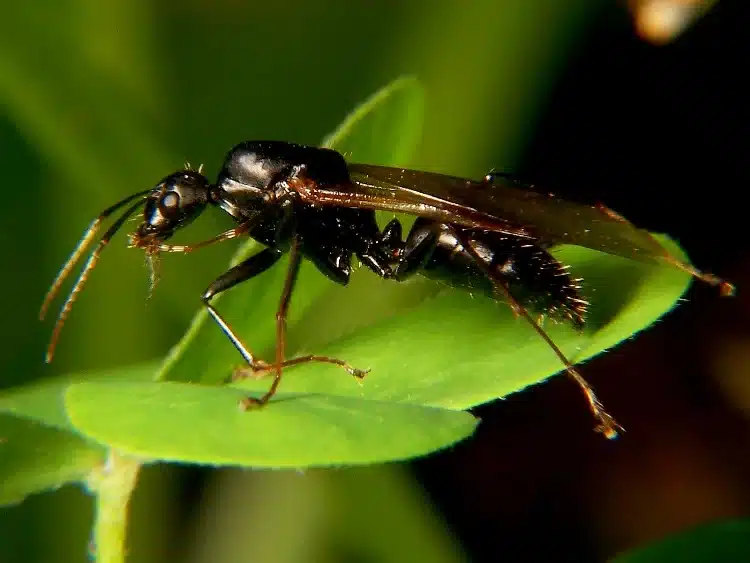
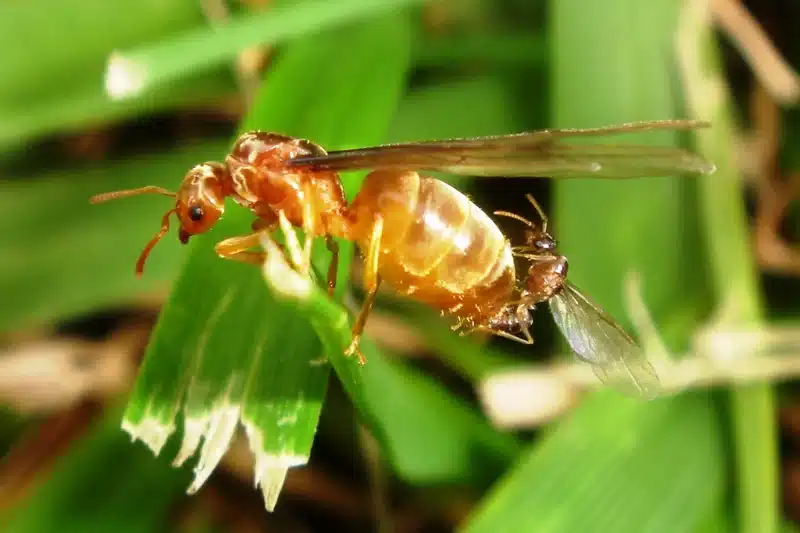
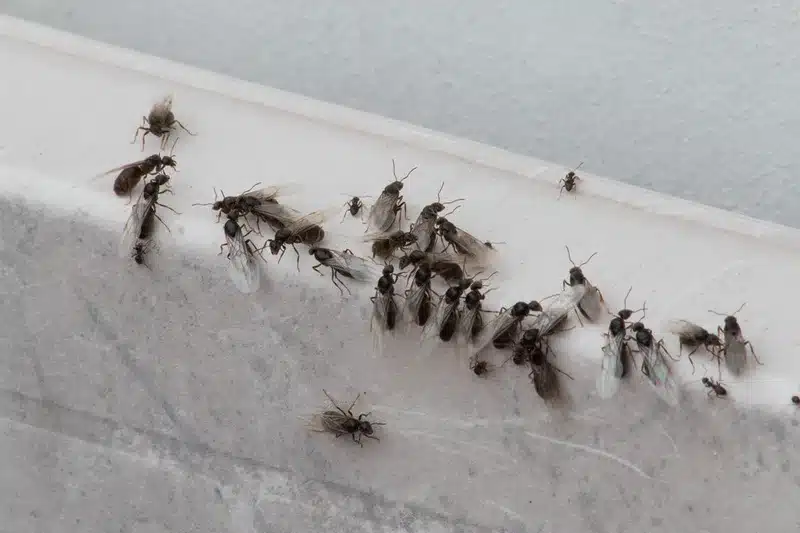
Dozens of termite swarmers inside your home, or piles of equal-length wings, indicate an active structural infestation that demands immediate professional inspection. Termites emerging indoors means they’re already established in your home’s structure and have been there long enough to develop a mature colony.
A handful of carpenter ant swarmers indoors during spring might signal an interior satellite nest, but could also be ants that wandered in from outdoor colonies. The key is following worker ant trails with a flashlight during nighttime inspections to determine if they’re actually nesting inside your walls.
For more detailed guidance on identifying termites, including additional warning signs beyond swarming, our comprehensive identification guide covers the full range of signals that indicate termite activity.
The destruction caused by these insects differs significantly, which is why proper identification of flying ants vs termites is so critical for homeowners. Understanding the damage patterns helps you gauge the urgency of your situation.
Subterranean termites consume cellulose and hollow out structural lumber from the inside. The damage often remains hidden behind drywall or in crawl spaces for years. You might also find mud tubes that termites use to travel between soil and wood, creating protected highways for their colonies.
Carpenter ants excavate galleries in water-softened wood for nesting, but they don’t actually eat the wood like termites do. They produce smooth, sandpapered galleries and characteristic frass piles that look like fine sawdust. While structural compromise occurs more slowly than with termites, long-neglected carpenter ant infestations can still cause significant damage.
The presence of carpenter ants often indicates underlying moisture problems like window leaks or wet fascia boards. Addressing these moisture issues is crucial for preventing future infestations, regardless of which pest you’re dealing with.
Taking the right action immediately after spotting flying ants vs termites can make a significant difference in your outcome. Here’s what licensed pest professionals recommend doing before calling for help.
Collect a few intact specimens and any discarded wings in a small vial or zip bag, then refrigerate them for positive identification. This preserves the insects so an expert can examine key features like antennae shape and wing structure.
Photograph the insects next to a millimeter ruler or coin for scale. These photos help extension agents or pest professionals confirm identifying traits remotely, especially if you can capture clear images of the waist, wings, and antennae from multiple angles.
Vacuum up loose swarmers and wings, but avoid using aerosol sprays. Sprays can scatter the insects and make it harder to determine where they originated. Plus, if you’re dealing with termites, the colony is underground where sprays won’t reach anyway.
Inspect your foundation, sill plates, and moist areas for mud tubes if you suspect termites, or frass piles if you think you’re seeing carpenter ants. Learning to spot these signs early can help you understand the scope of any infestation.
Accurate identification of flying ants vs termites determines your entire treatment strategy. The approaches are completely different, and using the wrong method wastes time and money while the real problem continues.
For confirmed termite activity, we typically recommend either Sentricon baiting systems for ongoing protection and early infestations, or curative liquid treatments for more severe cases. Liquid treatments involve trenching around the house to create a chemical barrier that termites can’t cross. Depending on the construction and location of activity, this might include drilling slabs or treating specific infested areas.
Ant treatments focus on different strategies entirely. We use targeted baiting and perimeter treatments with non-repellent insecticides that workers carry back to the colony. The social nature of ant colonies means the treatment spreads naturally through their population.
After working with over 100 customers dealing with these issues, I’ve learned that starting with correct identification always saves time and gets better results. Whether it’s a basic inspection or a full treatment program, knowing exactly what you’re dealing with is the foundation of effective pest control.
When you need expert help identifying flying ants vs termites, several reliable resources can provide professional guidance. Your state Cooperative Extension office offers diagnostic services, often including remote identification from clear photos.
Virginia Tech’s Insect ID Lab provides identification services for Virginia residents, while University of Maryland Extension serves the Maryland area. These labs have entomologists who specialize in local pest species and can definitively distinguish between flying ants vs termites.
For immediate professional inspection, licensed pest control technicians can identify swarming insects on-site and recommend appropriate treatment strategies. Look for companies that offer free inspections and have experience with both termite control and ant management in your local area.
Getting professional identification becomes especially important when you’re seeing swarmers indoors or finding significant numbers of discarded wings. These situations often indicate established infestations that require prompt, targeted treatment.
If you’re seeing signs that concern you, don’t hesitate to reach out to our team at 703-683-2000 or info@bettertermite.com. Our licensed technicians can help you identify what you’re dealing with and recommend the most effective treatment approach for your specific situation.
Look at the waist first – flying ants have a pinched, narrow waist while termites have straight, tube-like bodies. Check the wings next: ants have different sized wings (front longer than back) while termites have four equal-length wings. Finally, examine the antennae – ants have elbowed antennae with a clear bend, while termites have straight, bead-like antennae.
In the Mid-Atlantic region, termite swarmers typically emerge from late February through early May, with peak activity on warm, humid days after rain. Flying carpenter ants usually swarm from May through July, though indoor flights can happen during winter months when satellite nests are located in heated wall voids.
Termites pair off immediately after landing and shed all wings within minutes to search for nesting sites together. Flying ant queens keep their wings longer while seeking suitable locations to start new colonies, only clipping them once they’ve found appropriate nesting sites in damp or decayed wood.
No, carpenter ants excavate galleries in wood for nesting but don’t consume the wood itself. Termites actually eat the cellulose in wood, causing faster structural damage. However, carpenter ants can still cause significant problems over time, especially since their presence usually indicates moisture issues that need addressing.
Yes, especially if you see dozens of swarmers or piles of wings inside your home. Indoor termite swarmers indicate an active structural infestation requiring immediate attention. Even flying ants indoors may signal interior nesting that needs professional treatment to prevent ongoing damage.
Absolutely. Collect several intact insects and any wings in a sealed container or plastic bag, then refrigerate them to preserve key identifying features. Take clear photos next to a ruler or coin for scale, focusing on the waist, wings, and antennae. This helps pest professionals or extension agents provide accurate remote identification.
Termite flights usually occur late morning to early afternoon when temperatures and humidity conditions are optimal. Flying carpenter ant swarms typically happen at dusk or during evening hours, though this varies by species. Both insects often swarm 1-2 days after warm rainfall when humidity is high.
Termite identification requires prompt action since they cause continuous structural damage. Schedule a professional inspection within a few days to assess the extent of infestation. Flying ant identification is less urgent, but worker ants trailing indoors should still be addressed within a week or two to prevent colony establishment.

With five years of hands-on experience in the pest control industry, George Schulz is a registered technician with the Virginia Pest Management Association and a proud third-generation professional in a family business that’s been protecting homes for over 57 years. He manages and trains a team of service pros while also leading internal research efforts—recently spearheading a deep-dive review of thousands of documents on pest control materials to hand-pick the most kid and pet friendly, most effective solutions tailored specifically for homes in the DC metro area. Read his bio.

